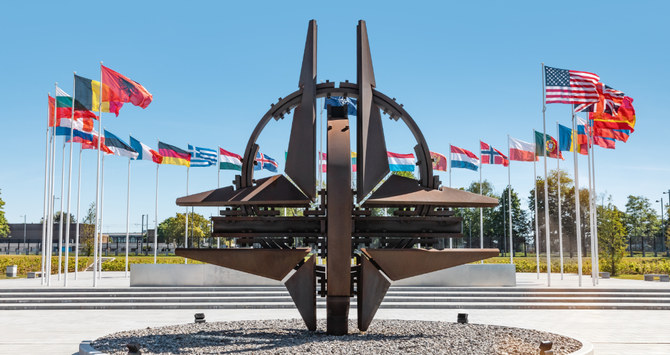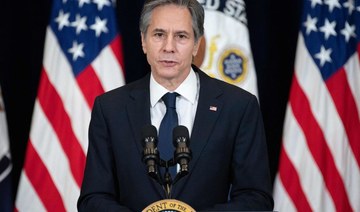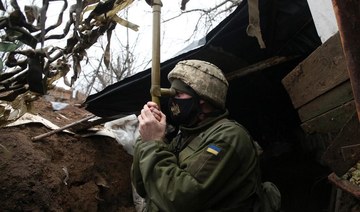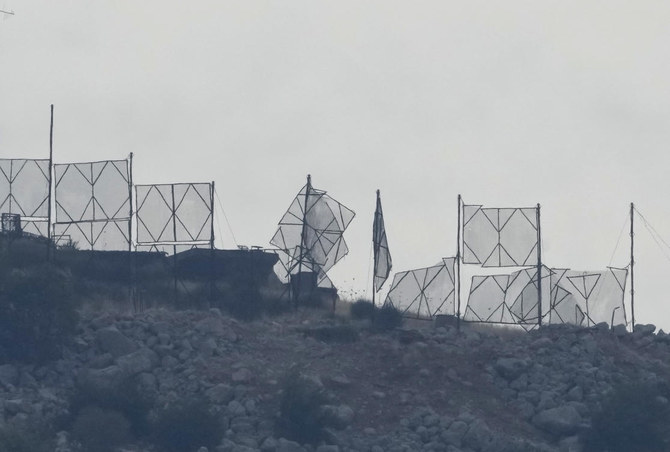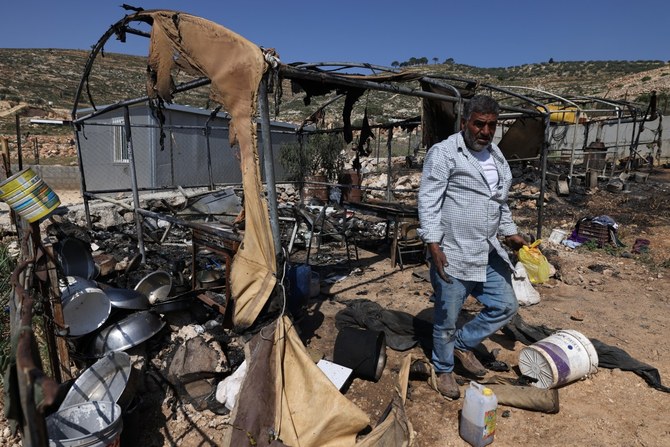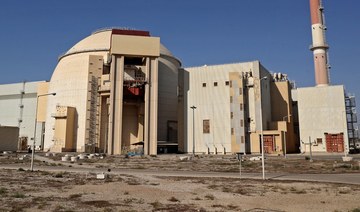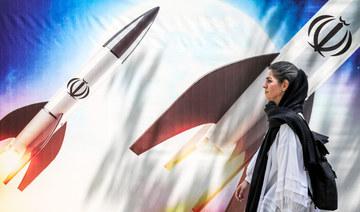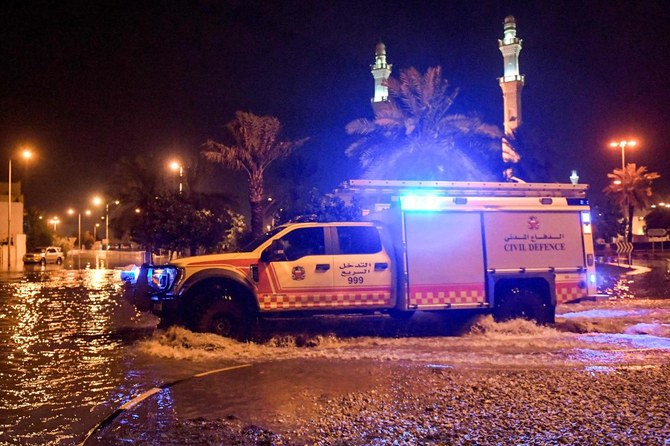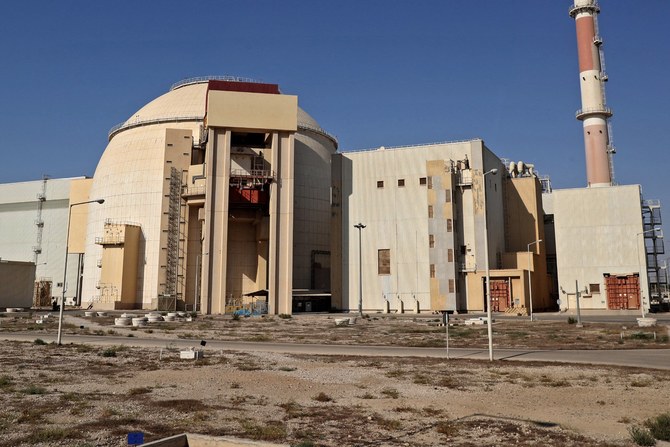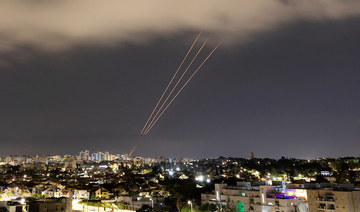DUBAI: In the 30 years since the collapse of the Soviet Union, which heralded the start of the post-Cold War era, there has been much discussion about what role NATO ought to play in the world. How might it adapt to new and evolving challenges emanating from regions beyond its traditional geographic remit, particularly the Middle East and North Africa (MENA)?
Although Article 6 of the 1949 North Atlantic Treaty, the organization’s founding document, defines its area of responsibility as “the North Atlantic region north of the Tropic of Cancer,” a new report from the Arab News Research & Studies unit aims to highlight why the MENA region is important to NATO, what common interests they share, and how the organization might better engage with the region.
“While not strictly part of its area of responsibility, NATO cannot ignore the MENA region,” writes Luke Coffey, the report’s author and director of the Douglas and Sarah Allison Center for Foreign Policy at the Heritage Foundation, in the document’s introduction. “Historical and recent events show that what happens there can quickly spill over into Europe.”
Coffey highlights several sources of instability emanating from the region, which stretches from the eastern Atlantic Ocean through North Africa and on to the Middle East. These include demographic pressures, increased commodity prices, interstate and intrastate conflicts and tribal politics.
“A decade after the start of the so-called Arab Spring, many geopolitical challenges remain in the region, from the rise of transnational terrorism to the nuclear threat and state-sponsored terrorism from Iran. Many in NATO therefore have rightly decided to place a renewed focus on working with regional partners on the southern periphery of the alliance.”
Competition over water and other natural resources, religious tensions, revolutionary tendencies, terrorism, nuclear proliferation and proxy wars involving regional and global actors offer further cause for concern at NATO HQ.
And because the region contains some of the world’s most vital shipping lanes, energy resources and trade choke points, seemingly minor conflicts and disasters have been shown to have major ripple effects on global trade, oil prices and distant economies.
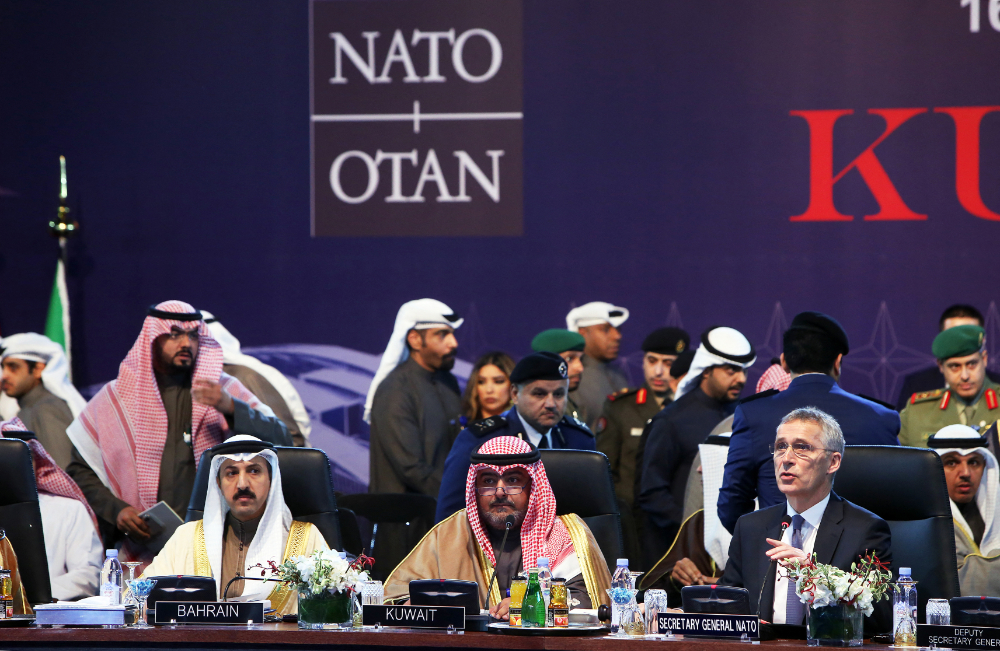
The alliance will need to adapt its relationship with MENA states (below) beyond matters of defense to areas like trade, according to Iulia-Sabina Joja. (AFP)
“NATO has gone through many such debates about what its purpose is,” Coffey said at an Arab News Research & Studies Briefing Room webinar conducted on Monday to launch the report.
“There’s been talk about focusing NATO on counterterrorism, there’s been a debate about China, there has been debate about Russia remaining the big threat. Personally, I’m more of a traditionalist on this.
“I do believe that NATO was created and designed to, where necessary, defeat Russia and deter it from aggression. However, I do also understand that there are other challenges that the alliance must deal with.”
Yet, as Coffey points out, NATO’s 2010 Strategic Concept, which was intended to serve as a guide for dealing with future challenges, includes barely any mention of the MENA region and these shared challenges.
Coffey believes the document is woefully out of date following the seismic events of the past decade, including the rise of China, a more assertive Russia, the Arab Spring, the conflict with Daesh, the ongoing war in Syria, the European migrant crisis and, more recently, the coronavirus pandemic.
As NATO prepares to draft its new Strategic Concept, Coffey argues now is the time for the organization to build on its existing partnerships with MENA states and search for new ways to cooperate.
If NATO were to follow Coffey’s advice, it is likely to find a receptive audience. According to him, not only do MENA governments share many of the security concerns of NATO member states, some of them have demonstrated a willingness to cooperate, even to the point of contributing troops to NATO-led missions in Kosovo, Afghanistan and Libya.
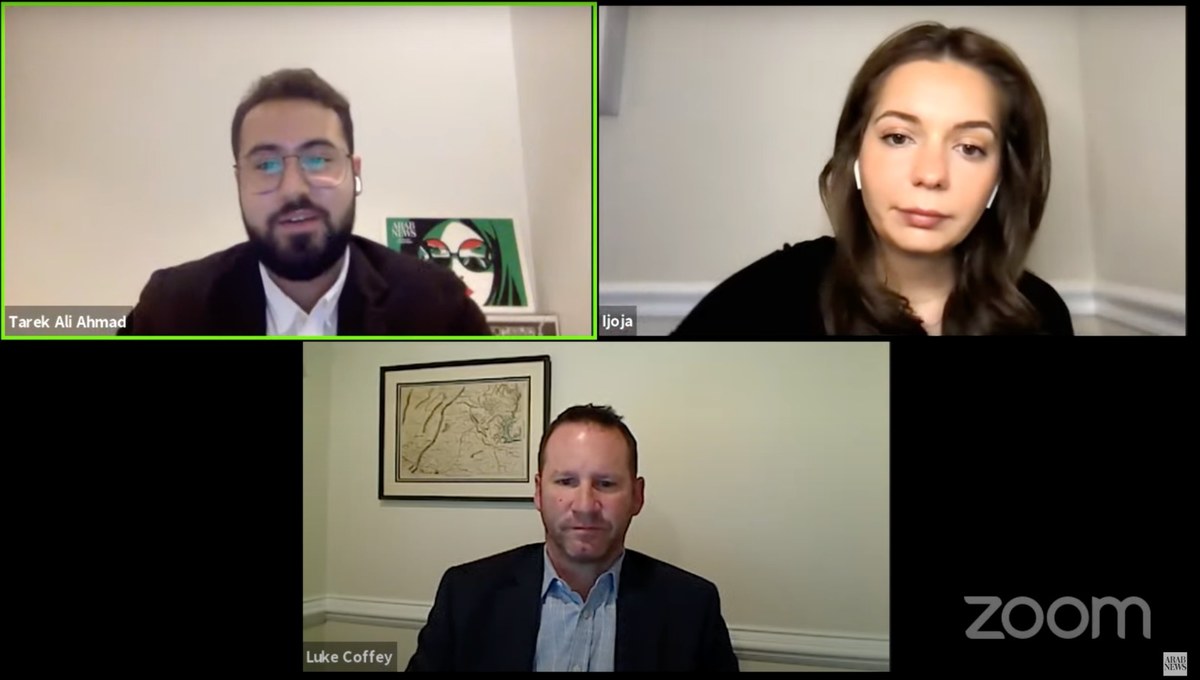
Iulia-Sabina Joja and Luke Coffey joined Tarek Ali Ahmad for a discussion on NATO's future in the MENA region.
In particular, Coffey highlights NATO’s training operation in Iraq, the NATO-led Operation Ocean Shield to combat piracy off the Horn of Africa, and the NATO-enforced no-fly zone over Libya as part of its Operation Unified Protector in 2011.
NATO has already established ties in the region under the umbrellas of the Mediterranean Dialogue and the Istanbul Cooperation Initiative. Launched in 1994, the Mediterranean Dialogue forms the basis of NATO’s relations with its Mediterranean partners Algeria, Egypt, Israel, Jordan, Mauritania, Morocco and Tunisia.
The Istanbul Cooperation Initiative, meanwhile, which was launched in 2004, currently forms the basis of NATO’s relations with Arab Gulf states. Although all six members of the Gulf Cooperation Council were invited to join, only Bahrain, Kuwait, Qatar and the UAE have done so. Saudi Arabia and Oman have expressed only a passing interest in joining.
“To me, the report highlights the newness and fragility of NATO-MENA relations,” Iulia-Sabina Joja, a senior fellow at the Frontier Europe Initiative and an adjunct professor at Georgetown University, said during Monday’s Arab News Research & Studies webinar.
Although there has been some institutional reluctance to participate, including Tunisia’s rejection in 2018 of a NATO proposal to station personnel at a planned military operations center in Gabes, Joja said there have been several positive engagements at a practical level that bode well for future cooperation.
“Reluctance or willingness among individual NATO member states, their visions when it comes to MENA, with different actors and increasingly shared areas of cooperation and threat assessments, show it is not necessarily valid anymore to artificially separate the issues that Europe or the transatlantic community address from the issues that MENA region countries are to address,” she said. “There is a lot of common ground there.”
Joja said the relationship between NATO and MENA ought to extend beyond security and defense, and be built around “tiered cooperation” on specific issues such as trade, the economy and humanitarian intervention.
Coffey’s report sets out some practical steps that NATO can take to improve its relations with the region, including the appointment of a special representative for MENA — a step that would carry weight in a part of the world “where personal relationships are paramount.”
NATO should also push to expand membership of the Mediterranean Dialogue and the Istanbul Cooperation Initiative, he argues. To encourage this, the alliance should establish a Mediterranean Dialogue Regional Center, modeled on the Istanbul Cooperation Initiative Regional Center in Kuwait.
Finally, to build confidence and a sense of shared mission, NATO should emphasize the geopolitical importance of the MENA region by including high-level meetings for both groupings at the next alliance summit.
Indeed, one of the main issues preventing closer ties is the ongoing reluctance among some states that are mistrustful of NATO’s aims.
“This isn’t about NATO expanding an empire. This isn’t about NATO trying to plan its next military intervention anywhere,” Coffey said during the webinar. “This is about identifying a key region to NATO’s stability and security, and finding willing and like-minded partners that are willing to cooperate and work together to achieve common goals and common results.
“As NATO goes through this process of deepening its relationships with certain countries in North Africa and the Middle East, it must be mindful of sensitivities and it should only go at the pace that the particular country desires to.
“Interoperability brings trust and trust builds relationships. And that will keep us all safer.”



